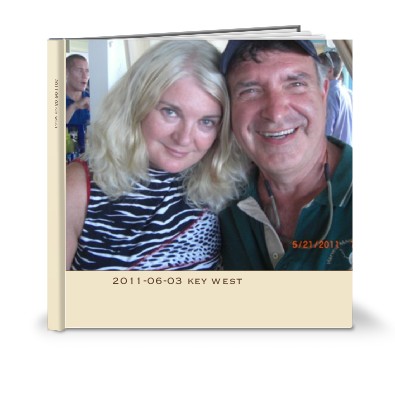Lessons Learned: Pressure cooker saves on fuel and time.
How do you provision a Boat for the High Seas? I can tell you one thing; it is not a science,
but research and a lot of planning.
First, determine the space for your food inventory, which
includes refrigeration and storage.
Next, survey your crew for any food allergies, likes and dislikes.
It is prudent to make a preliminary menu to share with the
crew. This way you can revise your
grocery list. My lists always include
meats, vegetables, fruits, drinks (rule of thumb is 10-8 oz. glasses of water a day) and snacks twice a day or more if doing night
crossings.
One of the tall sea tales included a couple, who needed
additional crew. A local sailor
volunteered to crew for only meals, “I will work for food”. The first meal was prepared, and before it
could be served, the hungry sailor had eaten the whole meal. Did I say it was prepared for six crew
members? Surprised the ship’s cook had
to prepare an additional dinner. By the
time they arrived at their destination the cupboards were bare. All their food was depleted.
Here are some provisional tips I have discovered:
1.
Have the grocery store portion, wrap, and freeze
your meat a few days before departure.
This will keep your meat frozen longer and use less refrigeration.
2.
Buy canned meats to supplement your frozen
meat. Always eat your fresh meats
first. If your refrigeration quits, then
you will have your canned goods. A
canned ham will go a long way.
3.
Purchase Velveeta cheese since it does not require
refrigeration, and will last a long time for the cheese lovers. Cheese is a
premium (in third world countries), and generally costs 2-3 times the amount in the states.]
4.
Acquire staples such as; brown or white rice,
beans, and vegetables that last a long time such as; cabbage, potatoes, carrots,
onions, and garlic. [Prepare the fresh
vegetables first and then use the can goods.
If the can good has too much salt, rinse with water.]
5.
Procure oranges and apples, which also will last
a long time. If the apples begin to
ripen make an apple crisp or pie-take the recipes. [Buy canned fruit, and if it has too much
sugar in the syrup, rinse the fruit with water.]
6.
Obtain snacks that your crew can enjoy. Some examples are nuts, crackers, celery with
peanut butter or pimento cheese spread, and granola bars.
7.
Keep eggs in a refrigerator, but if you do not
have enough room, store in a cool place. They should last unrefrigerated at least 2 weeks.
Remember when in third world countries food is a premium and
costs sometimes will double or triple the amount in the states.
One of the cooking utensils, I found invaluable, is a
pressure cooker. It is a must buy in my book. It allows you to prepare a meal in the
one-third the amount of time. This keeps the boat cool, and saves fuel,
whether propane, alcohol or electricity.
Additionally, dishes can be layered in a pressure cooker. Some ideas are:
1.
Layer rice or potatoes on the bottom
2.
Arrange a fresh or frozen vegetable
3.
Cover with
meat
4.
Pour 2 cups of bouillon water over the dish
5.
Remember not to fill the pressure cooker more
than 2/3 full.
No need to add seasoning until served. You will find the bouillon and meat is
enough. Cook for 15 minutes and then let
cool for 10 minutes. If your crew is
real hungry, place the pressure cooker in cool water until the top releases.
A well fed crew is a happy crew. The crew may not remember high or treacherous
seas, but they will remember the aroma of fresh baked bread or a hot delicious
meal. To top off your meal, serve your crew’s favorite adult beverage.
Sailady
salutes, “Cruisers, Bon Appetite on the High Seas”.
